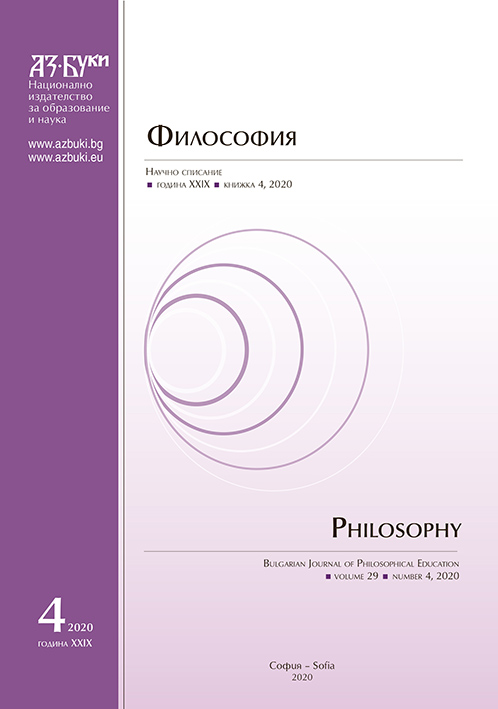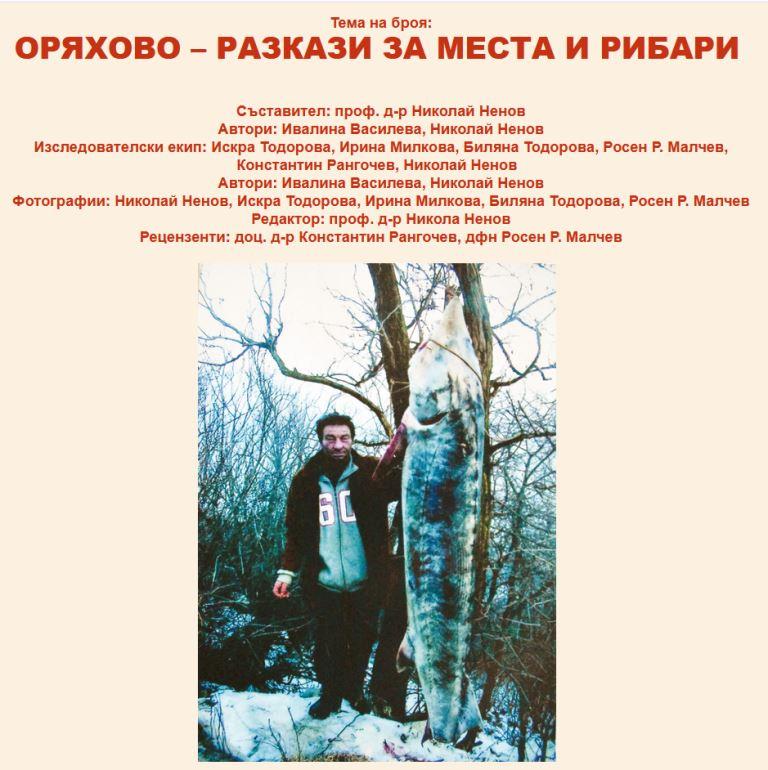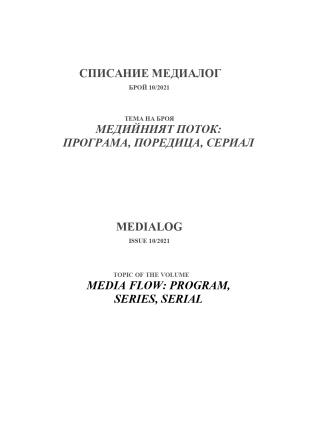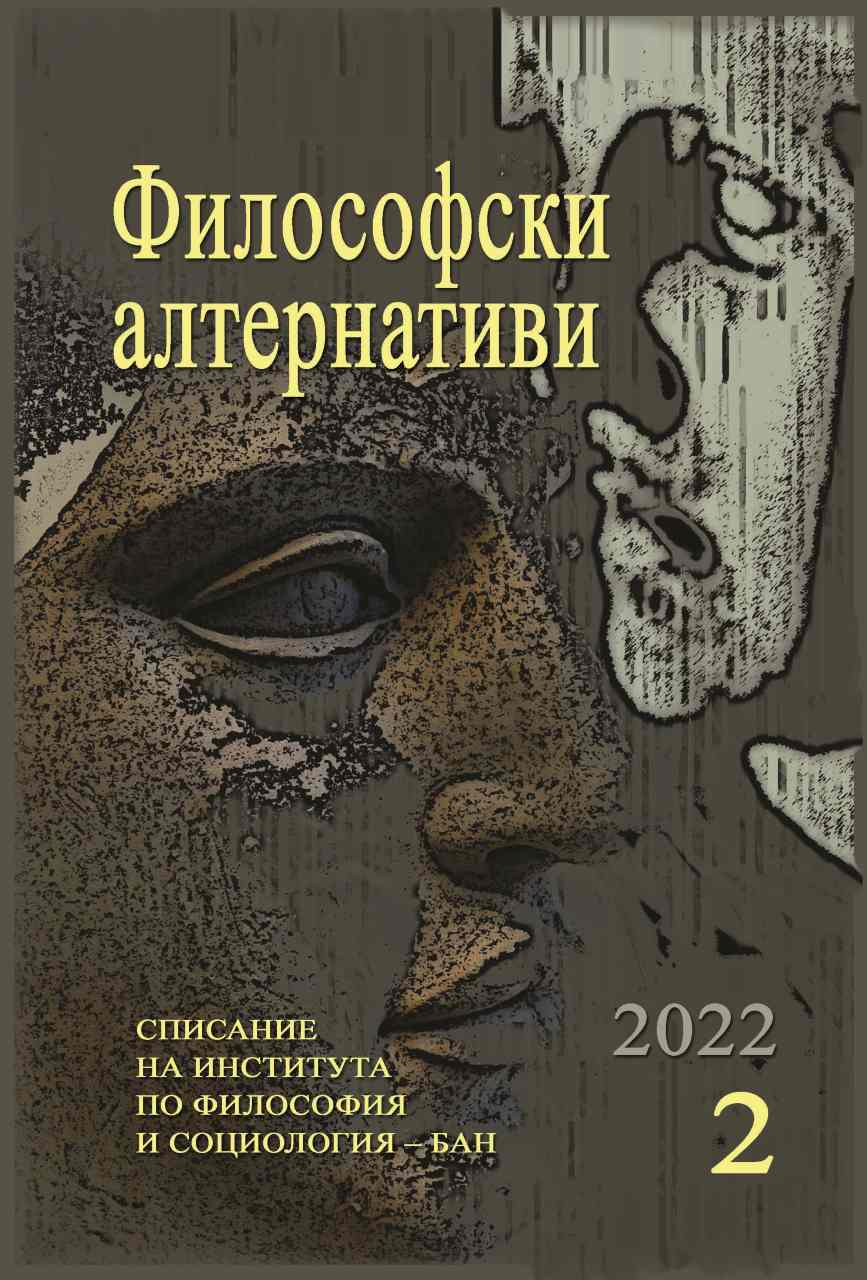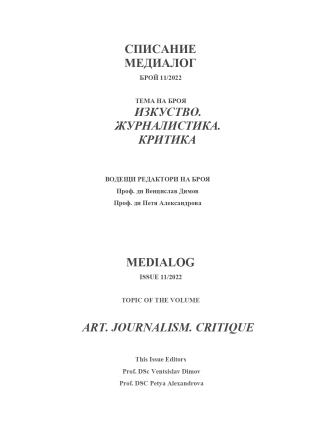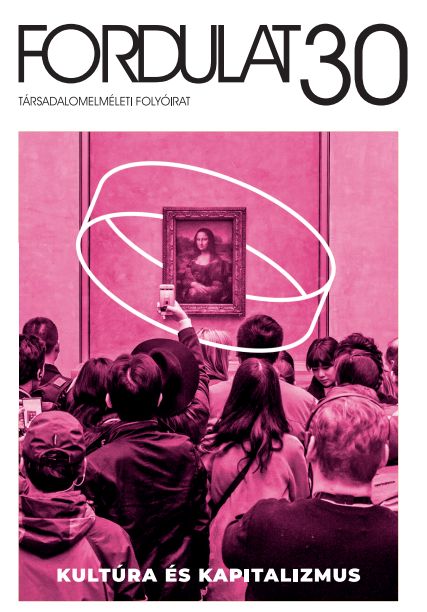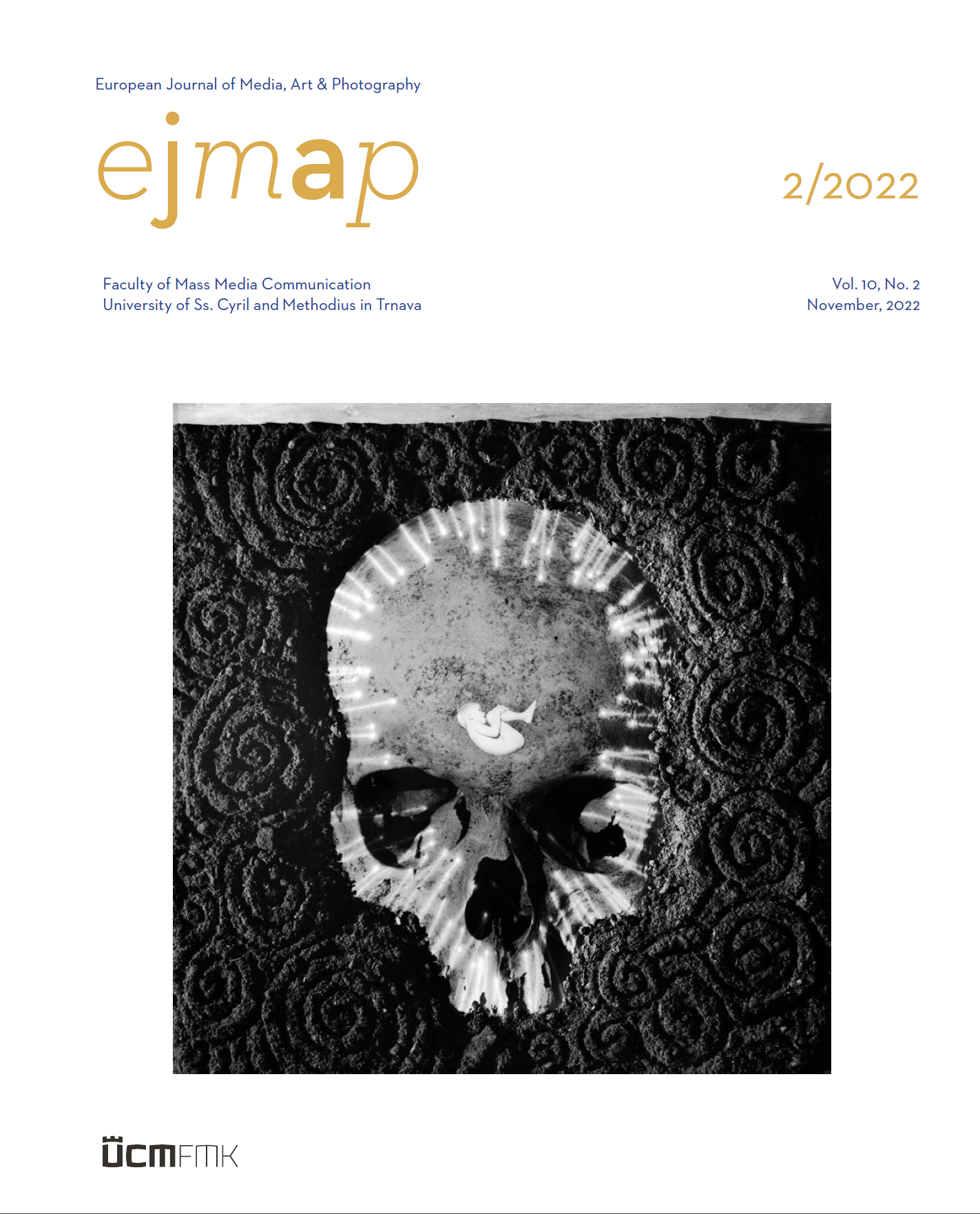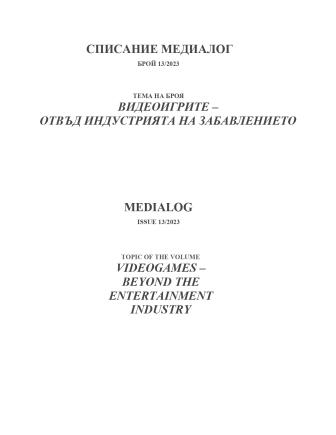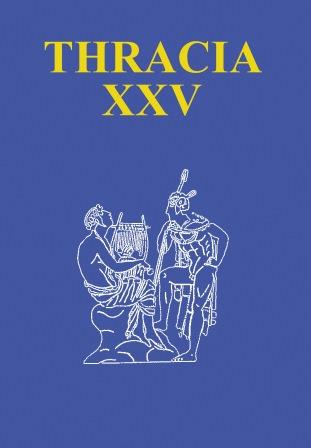
Сцената „Орфей с дивите животни“: между профанното и сакралното
The Orpheus Taming Wild Animals scene is particularly popular in all genres of ancient fine art. It is commonly perceived and interpreted as a metaphor for Orpheus’ magical and musical skills in the ancient Hellenic poetic tradition, which the Roman poets make locus communis. The aim of the present paper is to offer a new reading of the scene, which – in combination with the fragmented poetic evidences – allows the reconstruction of a possible mythological precedent for the journey of Orpheus to the World Beyond where he attained the mystic theological knowledge that allowed him to lay the foundations of the mysterial initiations. A serious digression from the conventional scene “The Orpheus Taming Wild Animals” shows the composition on some artifacts depicting unusual figures – a centaur(s), Pan, Satyroi. Thematic systematization and semantic analysis of the individual components in this type of compositions could outline some hypotheses regarding the ‘reading’ of its conceptual sources and messages. The analysis of the formal basic components of the images suggests that the scene presented a sacral topos in the World Beyond, associated with the myth-literary tradition of the Argonauts journey.
More...
